Canada increases rice imports from Vietnam
Statistics Canada data shows that Canada's total rice imports from countries around the world in 2023 will reach 508 million USD, an increase of 2% compared to 2022.
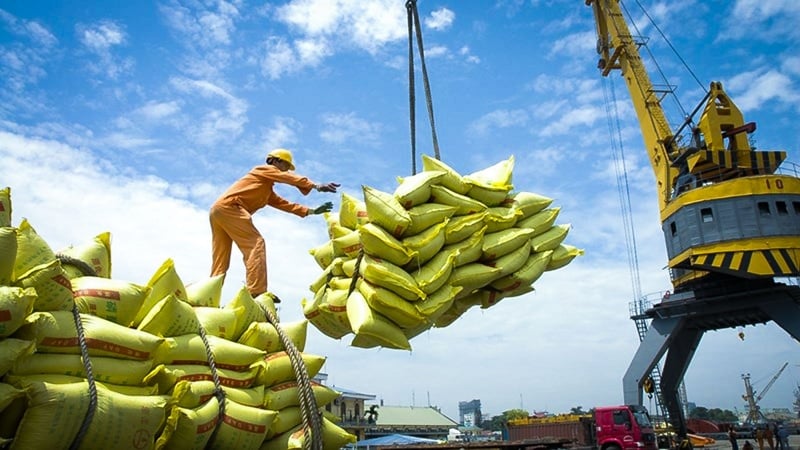 |
| Canadian market demand for rice has increased steadily over the years, and will remain stable at around $500 million per year. |
In 2023, Vietnam recorded a rice export growth rate of up to 56.4% to the Canadian market, and was the country with the top 3 growth rate in turnover, contributing to Vietnam expanding its market share to nearly 2.9% (higher than the figure of 1.6% before the CPTPP Agreement).
In 2023, Vietnam's rice exports, mainly milled white rice, increased by 58% compared to 2022. The amount of brown rice and broken rice exported increased insignificantly by 73% and 126.5% respectively compared to the same period in 2022.
In 2023, the province/state importing the most milled white rice will still be British Columbia, followed by Ontario, Alberta; Quebec and Manitoba import negligible rice from Vietnam. The average price of imported white rice to British Columbia is relatively low, only CAD 750/ton; in Alberta it will increase slightly to CAD 808/ton and CAD 856/ton in Ontario. The highest price of imported rice to Quebec is up to CAD 1,442/ton.
For brown rice and broken rice, the province/state importing the most is Ontario, followed by British Columbia. Quebec imports more brown rice than Manitoba and Alberta, but imports less broken rice than these two provinces. Broken rice prices in Ontario reached CAD 824/ton, while they reached CAD 1365/ton in British Columbia. Brown rice imported to British Columbia reached CAD 2884/ton.
Vietnamese rice has recently been highly appreciated by importers for its quality, however some importers are not satisfied with the broken rice content (still around 5%) while other countries such as Thailand have better milling quality, with a broken rice ratio of almost 0%.
In addition to jasmine white rice, currently, round Japanese rice grown in Vietnam is being imported quite strongly by Canada, which is one of the reasons for the growth in rice turnover to the market in 2023. However, like jasmine white rice, round sushi rice is packaged under the packaging and brand of foreign corporations.
There is still much room for export.
The Canadian market demand for rice has been steadily increasing over the years, and will remain stable at around 500 million USD/year. Overall, Vietnamese rice still has a lot of room to enter the Canadian market as this is one of the largest rice consuming markets in the world.
“ Canada is a rice importer serving about 7 million people of Asian origin. The Vietnamese community in Canada has now reached about 300,000, the 4th largest Asian community in Canada. Therefore, Canada has a fairly stable demand for rice products , ” according to the Vietnam Trade Office in Canada.
Vietnam is one of the 10 major rice exporters to Canada, after the United States, Thailand, India, and Pakistan. Vietnam's rice products still have many opportunities to rapidly increase exports to the market because up to now, Vietnam's market share is still very small, while Canadian import partners are beginning to realize that the quality of Vietnamese rice is not inferior to Thai rice.
Vietnam's rice export figures to the market may be much lower than the actual figure because currently Vietnamese rice is still exported to the United States, packaged there and then transported to Canada.
However, the steady increase in rice exports to the market over the years shows that Canadian importers are beginning to be interested in importing directly from Vietnam to replace/reduce dependence on the white rice market of Thailand and the United States.
For many years, Canada has provided a lot of technical assistance to improve the institutional capacity of agencies, associations, cooperatives and businesses operating in the agricultural sector.
In particular, Canada has had a practical support project in the rice sector since 2011, through the Small and Medium Enterprise Development Project of Soc Trang province to support from the research stage to the commercialization of ST25 rice products.
Canadian experts have not only supported the improvement of management and operation capacity, brand building, market search and promotion, and competitiveness, but also helped Soc Trang's agricultural production facilities apply environmentally friendly production techniques and sustainable production.
Thanks to that, farmers and cooperatives benefiting from the projects have become increasingly proactive in production, meeting standards and moving towards a circular economy, ensuring a closed production process that does not pollute the environment.
The prospect of Vietnam's rice exports to the market in the coming time will remain very positive thanks to the price advantage compared to similar products of competitors. The network of overseas Vietnamese businessmen is an active partner supporting the increase of Vietnam's rice market share in Canada, especially bringing high-quality ST 25 rice to the market.
However, according to Ms. Tran Thu Quynh - Vietnam Trade Counselor in Canada, the significant difficulty for Vietnam's rice exports is still the lack of a brand, so consumers cannot recognize it to choose. The decision to buy Vietnamese rice is still mainly based on price, not brand loyalty.
In addition, the geographical distance issue puts Vietnam's rice exports at a great disadvantage in terms of transportation costs/delivery time compared to competitors. In the context that some countries still have forms of export subsidies, transportation subsidies or exchange rate support, Vietnam's rice products still face many difficulties due to the high domestic logistics costs/time, affecting quality.
Source





![[Photo] Prime Minister Pham Minh Chinh attends the World Congress of the International Federation of Freight Forwarders and Transport Associations - FIATA](https://vphoto.vietnam.vn/thumb/1200x675/vietnam/resource/IMAGE/2025/10/08/1759936077106_dsc-0434-jpg.webp)
![[Photo] Prime Minister Pham Minh Chinh inspects and directs the work of overcoming the consequences of floods after the storm in Thai Nguyen](https://vphoto.vietnam.vn/thumb/1200x675/vietnam/resource/IMAGE/2025/10/08/1759930075451_dsc-9441-jpg.webp)

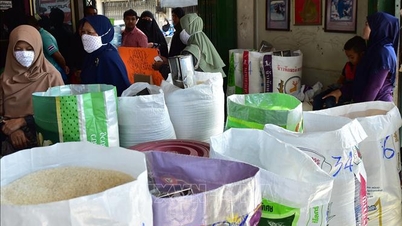

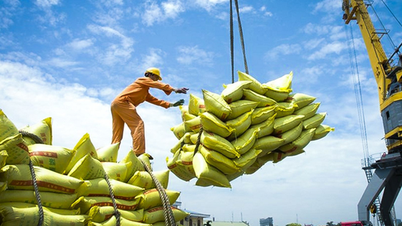

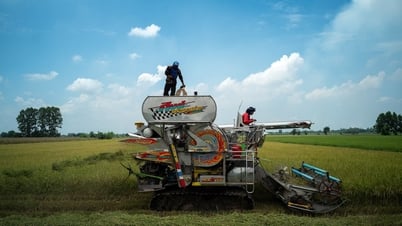


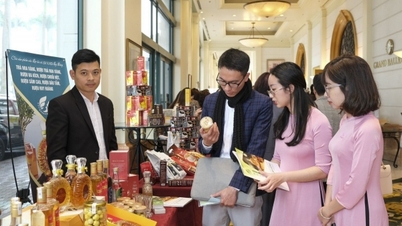
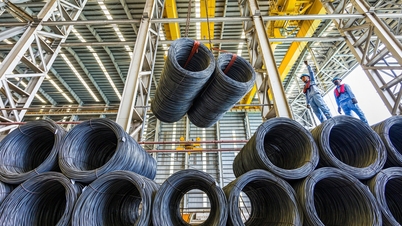


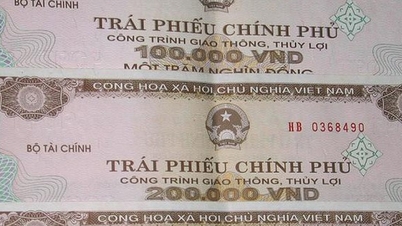









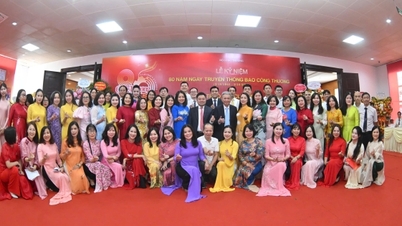
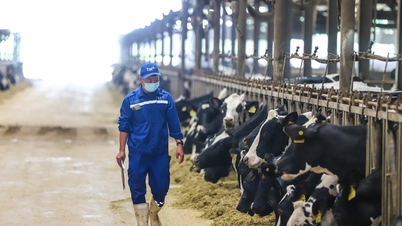

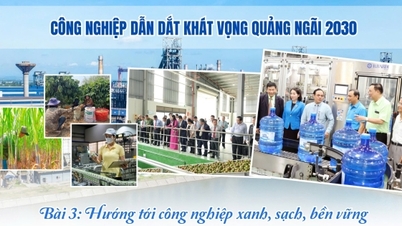
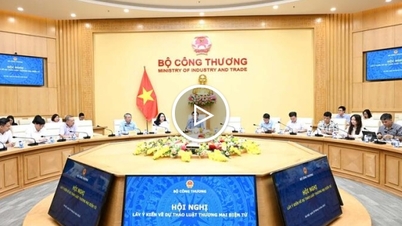






































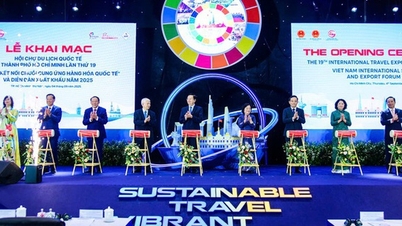












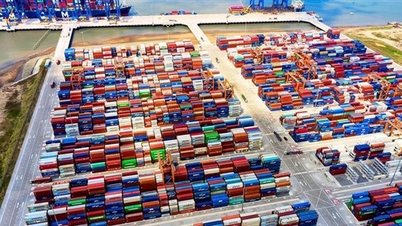


















Comment (0)